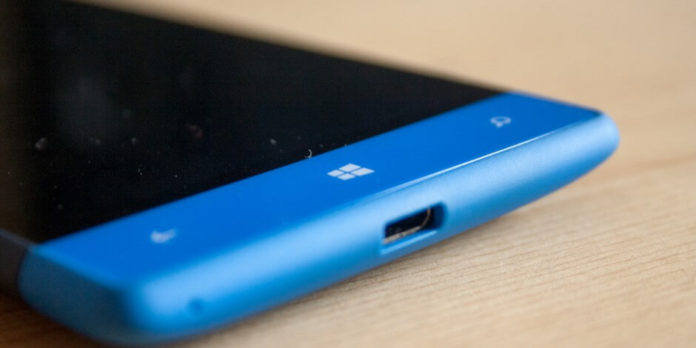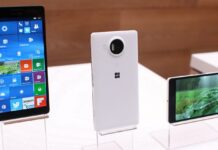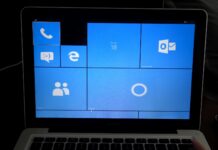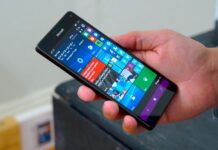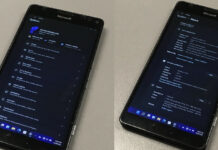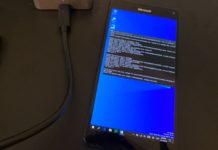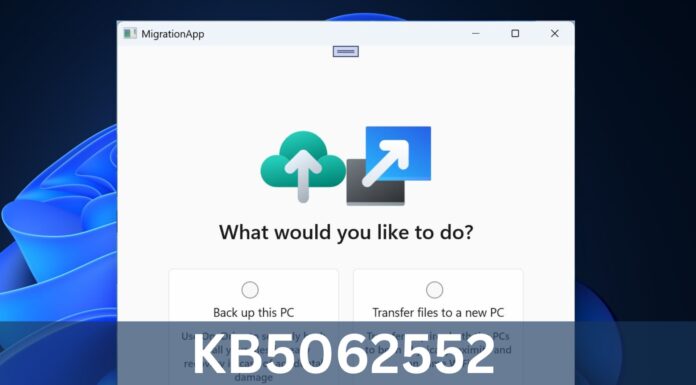Windows Phone is dead. Everybody knows that. There are still a lot of people who use Windows Phones as their daily drivers but Microsoft has confirmed that Windows 10 Mobile will not get any more features or hardware updates. So that makes the platform dead. But why did this happen? Why did an OS with an extremely fluid interface fail to an operating system which had a really sluggish user interface? Why did people choose a vulnerable operating system over Windows Phone? By the way, Windows Phone is still the most secure operating system. These are questions which are still present in the minds of every Windows Phone fan.
Microsoft recently announced that they will undergo a huge reorganization. Terry Myerson who was originally the Windows Chief will leave the company as a part of this reorganization. Myerson posted a farewell message on his LinkedIn profile where he also explained why Windows Phone failed in the market.
According to Myerson, the failure of Windows Phone could be streamlined to two main reasons. One was that they underestimated the Android business model and the other was that they built Windows Phone OS based on an older version of Windows specifically Windows CE which was not capable to be a full-fledged smartphone operating system. In case you don’t know, Windows CE was developed by Microsoft for Compact Embedded systems.
“Looking back at this phase of my career, my biggest learnings were that success requires a special composition of business model, user experience, and technology,” Myerson wrote in his post.
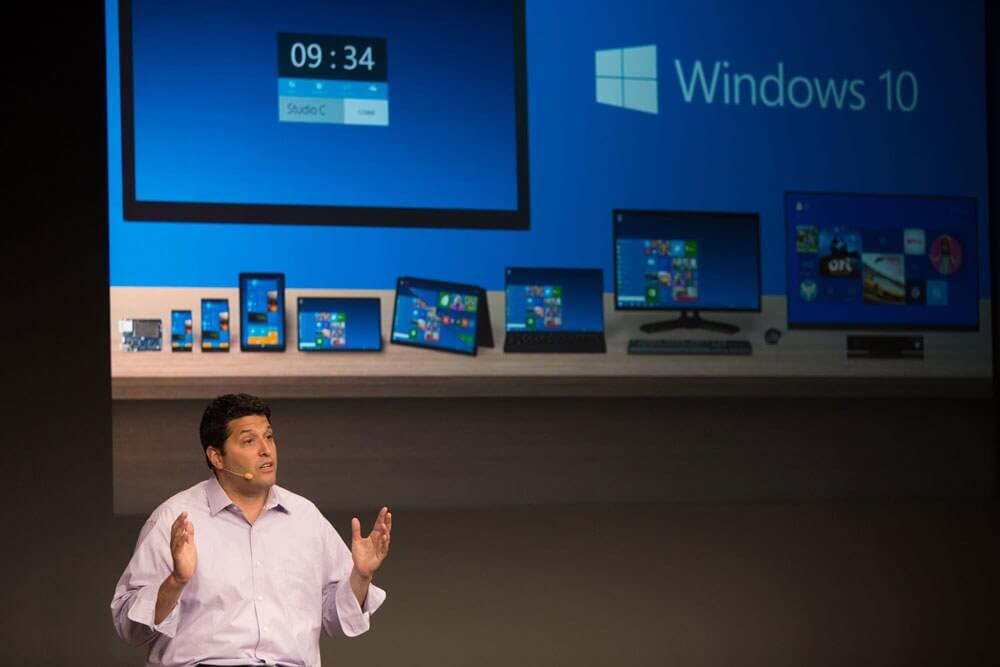
Why did Windows Phone fail?
Microsoft had a unique operating system that brought a fresh new look and experience but the business model which Android brought was much powerful and Microsoft couldn’t keep up with that. Well, actually Microsoft could keep up but they chose not to and by the time they realized their mistake, it was too late.
Another mistake was using the older and less capable Windows CE platform to develop an Operating System for a smartphone. Once, Microsoft was at the forefront of the smartphone business. That came to an end when Apple launched its iPhone in 2007 with a much-improved touch-friendly operating system which didn’t need a stylus for using it. iOS also brought a better web browsing experience to the mobile which is an irony by itself as Microsoft should be the one who should give a better web browser experience given its expertise in the field.
iOS also brought a good App Store which had Applications that can be downloaded by the users. Google’s Android came in 2008 but it wasn’t as polished. So it didn’t seem like a competitor at all. But Google started polishing their Android operating system by releasing different versions of the operating system every year. Each year, the newer version became more stable and a lot more features were added.
Google’s Android operating system was open source and developers were given full access to it. It was easier for developers to make apps for Android. Google also gave Android operating system to OEMs at a very cheap rate which is almost free. This was the business model that Google adopted. Small Chinese manufactures who didn’t have enough capital to make an OS for their own devices decided to stick with Google’s Android and it became popular in a small time.
Large players like Samsung used their own Operating systems for smartphones but they also tried Android and once they found that Android Smartphones were becoming more popular, they too decided to stick with Android.
Microsoft, on the other hand, was ready to give Windows Phone OS to manufacturers for a price. A price which didn’t seem to be fair at all. This kept Chinese manufacturers from adopting Windows Phone OS as they simply didn’t have the resources to buy a costly operating system.
iOS had a different scenario. Apple is a premium company and their iPhones were priced really high. There is a thing for luxury goods and people were simply drawn to iPhones. Developers also got more money when they made apps for iPhones. A good operating system, premium hardware, and great developer support enabled Apple to become a prominent smartphone manufacturer.
Microsoft had only Nokia, htc, Samsung and a couple of other manufacturers as their hardware partners. Due to the higher price tag of these smartphones (when compared to Android phones with similar specifications) people were more drawn to Android smartphones.
An honorary mention goes to Nokia, as their Lumia devices are still loved by millions of people all over the world. Nokia filled the holes Windows Phone OS had by making exclusive apps for their Lumia smartphones. The idea was great and with the awesome advertising done by Nokia, everything was going uphill until Microsoft became lazy enough to not focus on developing their software. Lumia devices despite sporting the best hardware were not equipped with a good software. Nokia lost in the smartphone game and was eventually bought by Microsoft. The rest is history.
Satya Nadella, the newly appointed CEO, promised a “Mobile first Cloud first” strategy but eventually settled with a Cloud first strategy. Much of these tragedies could have been eliminated if Terry Myerson, who was the Windows Chief, had realized his mistakes. We can say that his mistakes eventually led to him leaving the company.
This reorganization that Microsoft is undergoing can also be attributed to the mistakes that Microsoft took when they made the Windows Phone operating system. You can read more about the reorganization by clicking here.










